Most MileLion readers would know by now that there’s two types of credit cards: general spending, and specialised spending (sorry JianHao; not nearly enough types for a video).
- General spending cards earn a flat rate of 1.2-1.6 mpd on all transactions, regardless of MCC (with the obvious exception of general exclusions like education and insurance)
- Specialised spending cards earn 4-6 mpd on certain transactions up to a cap, but 0.4 mpd on everything else (or beyond the cap).
| 💳 Hybrid Cards? |
|
There are a few hybrid cards that don’t fit neatly into the general/specialised spending dichotomy. For example, the KrisFlyer UOB Credit Card earns 1.2 mpd on general spending, but 3 mpd on SIA and Scoot, Kris+, dining, shopping, travel and transport. Likewise, the Maybank Horizon Visa Signature earns 1.2 mpd on a wide range of local spending, but 3.2 mpd on overseas spend and air tickets. I tend to view these more as specialised spending cards, however, because I wouldn’t consider using them outside their bonus categories. |
It doesn’t take a rocket scientist to see that you can turbocharge your miles collection by using specialised spending cards whenever possible (though I’m constantly amazed by how many people insist on using one card for everything!).
But does that mean there’s no use for general spending cards?
Well, even though a general spending card shouldn’t be your first port of call, there’s still some roles for them to play.
When you shouldn’t use a general spending card
Before we talk about scenarios where general spending cards can be useful, let’s first address one where they aren’t.
If you don’t know the MCC

I’ve often heard it said that general spending cards should be fallback options in situations where you don’t know the MCC, and don’t want to take a chance.
That’s because specialised spending cards are high risk, high reward. Suppose you’re in a hotel restaurant and don’t know if it codes as a hotel, or a restaurant. You could pick a specialised spending card and earn 4 mpd if you guess right, but guess wrong and you’ll only get 0.4 mpd. Some people would prefer to take a guaranteed 1.2-1.6 mpd offered by a general spending card instead.
But MCC uncertainty has become a thing of the past, thanks to HeyMax , DBS digibot and the Instarem app.
| Method | Ease of Use | Reliability |
| ❓HeyMax | ●●● | ● |
| 📱 Instarem app | ●● | ●● |
| 🤖 DBS digibot | ● |
●●● |
These make it very easy to find the MCC before spending, and therefore you shouldn’t be using a general spending card for want of certainty.
When you should use a general spending card
If you can earn a welcome bonus
While general spending cards shouldn’t be your first choice for day-to-day spend on an ongoing basis, they can be very useful in the initial period when sign-up bonuses are up for grabs.
Here’s a snippet of some of the current welcome offers on the market, which don’t require payment of the first year’s annual fee.
| Card | Spend | Bonus Miles | Effective MPD |
 DBS Altitude Visa DBS Altitude Visa |
S$2,000 | 22,600 | 11.3 |
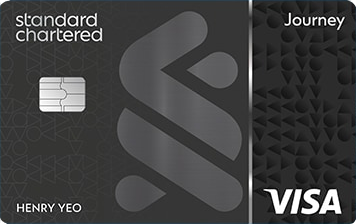 StanChart Journey Card StanChart Journey Card |
S$3,000 | 35,000 | 11.7 |
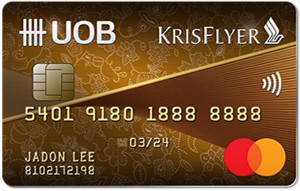 KrisFlyer UOB Credit Card KrisFlyer UOB Credit Card |
S$2,000 | 25,000 | 12.5 |
 DBS Altitude AMEX DBS Altitude AMEX |
S$2,000 | 25,600 | 12.8 |
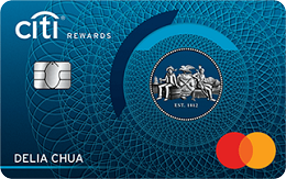 Citi Rewards Citi Rewards |
S$800 | 16,000 | 20 |
Two things to note:
- the effective mpd (bonus miles divided by spend) is much higher than what you’d earn with specialised spending cards at 4-6 mpd
- the only specialised spending card on the list is the Citi Rewards; in fact, sign-up bonuses for specialised spending cards are exceedingly rare
So even though your general spending cards have (relatively) underwhelming earn rates outside the welcome bonus period, they can still help provide an initial shot in the arm.
For a rundown of the latest sign-up bonuses, refer to this page.
If that category isn’t covered by a specialised spending card
If there’s a particular transaction that isn’t covered by a specialised spending card, then of course general spending cards are a better option.
But do such scenarios really exist anymore? If they do, they’re exceedingly rare, because of how many specialised spending cards reward methods of payments (e.g. online, contactless) rather than specific MCCs.
| Card | Earn Rate | Remarks |
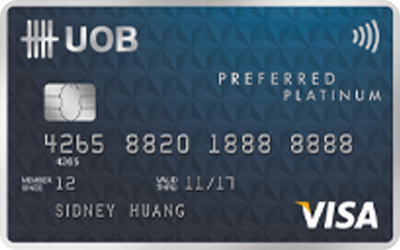 UOB PPV UOB PPVApply |
4 mpd | On all mobile payments*, max S$1.1K per c. month Review |
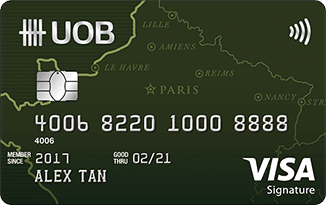 UOB Visa Signature UOB Visa Signature Apply |
4 mpd | On all contactless payments*, for S$1K-2K spend per s. month Review |
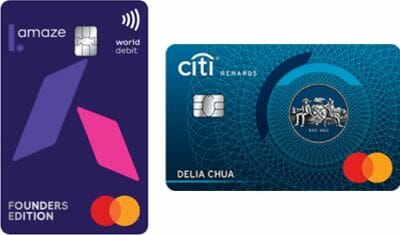 Amaze + Citi Rewards Amaze + Citi RewardsApply |
4 mpd | On all spend except travel, max S$1K per s. month Review |
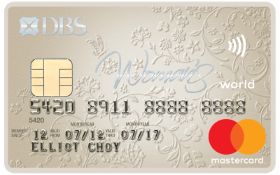 DBS WWMC DBS WWMCApply |
4 mpd | On all online spend, max S$2K per c. month Review |
| *Except UOB$ merchants | ||
With the cards above, you should be able to earn 4 mpd on up to S$6,110 of spend per month, regardless of what MCC it comes under (common exclusions like education and insurance aside).
This means I can only think of a handful of situations where a general spending card is the better option:
For example, CardUp transactions are not eligible to earn bonuses with specialised spending cards, so your best bet is to use a general spending card with the highest possible earn rate.
| Card |
Earn Rate | Cost Per Mile (2.25% fee) |
Cost Per Mile (1.79% fee) |
 DBS Insignia DBS Insignia |
1.6 mpd | 1.38 | 1.1 |
 DBS Vantage DBS Vantage |
1.5 mpd | 1.47 | 1.17 |
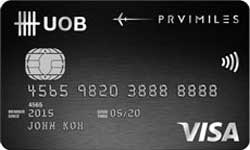 UOB PRVI Miles Card UOB PRVI Miles Card |
1.4 mpd | 1.57 | 1.26 |
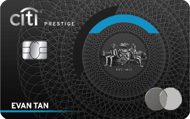 Citi Prestige Card Citi Prestige Card |
1.3 mpd | 1.69 | 1.35 |
 OCBC Premier Visa Infinite OCBC Premier Visa Infinite |
1.28 mpd | 1.72 | 1.37 |
 Citi PremierMiles Card Citi PremierMiles Card |
1.2 mpd | 1.83 | 1.47 |
 BOC Elite Miles BOC Elite Miles |
1.0 | 2.20 | 1.76 |
If it’s a big ticket transaction
Suppose you have a big ticket purchase that costs, say, S$10,000, and you cannot split it across multiple cards or via BNPL services.
In the past, the answer would be to put it on the OCBC Titanium Rewards Card (assuming it falls within the bonus whitelist), since it had an annual 4 mpd cap of S$13,335. But that cap was changed to monthly on 1 November 2023, and as a result there’s no specialised spending card suited to handling big ticket transactions.
This means you’re faced with a choice:
- Earn a 1.2-1.6 mpd rate on the entire transaction, or
- Earn a 4-6 mpd rate on a certain portion of the transaction, and 0.4 mpd on the rest
Assuming your general spending option is the UOB PRVI Miles Card, here’s some scenarios.
| If you can earn… | On up to…* | Then a 1.4 mpd card becomes superior at… |
| 4 mpd | S$1,000 | S$3,600 |
| 4 mpd | S$2,000 | S$7,200 |
| 6 mpd | S$1,000 | S$5,600 |
| 6 mpd | S$3,000 | S$16,800 |
| *Subsequently 0.4 mpd |
||
For example, suppose I had an online transaction to make, and could choose between the DBS Woman’s World Card or the UOB PRVI Miles Card.
The DBS Woman’s World Card will earn 4 mpd on the first S$2,000, and 0.4 mpd subsequently. The UOB PRVI Miles Card will earn 1.4 mpd throughout. The DBS Woman’s World Card is the superior option up to S$7,200, after which the UOB PRVI Miles Card becomes the better option.
In an ideal world, card-splitting would be possible, but if it isn’t then general spending cards become the better option the higher the transaction amount.
If you’ve maxed out the bonuses on specialised spending cards
A bit of a “duh” moment, but for the sake of completeness: if you’ve maxed out the bonus caps on your specialised spending cards, then it’s obviously better to switch to a general spending card than to continue spending at the post-bonus rate of 0.4 mpd.
If you want airport lounge access

If you’re looking for complimentary lounge access, there’s only one specialised spending card that offers it: the invite-only UOB Lady’s Solitaire Metal Card.
All other lounge memberships are only offered by general spending cards.
Credit Cards with Lounge Access
| Card | Lounge Network | Free Visits (Per Year) |
|
| Principal | Supp. | ||
| Income Requirement S$30-50K (annual fees waivable) |
|||
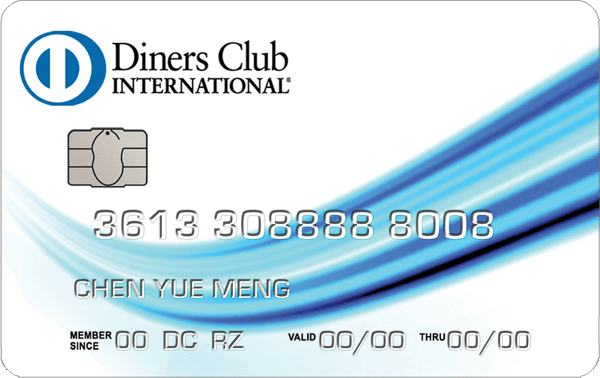 Diners Club Cards Diners Club Cards |
Diners Network | 1* | N/A |
 Citi PremierMiles Citi PremierMiles |
Priority Pass | 2* | N/A |
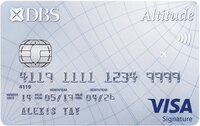 DBS Altitude Visa DBS Altitude Visa |
Priority Pass | 2 | N/A |
 AMEX HighFlyer Card AMEX HighFlyer Card |
Priority Pass | 2 | N/A |
 SCB Journey Card SCB Journey Card |
Priority Pass | 2 | N/A |
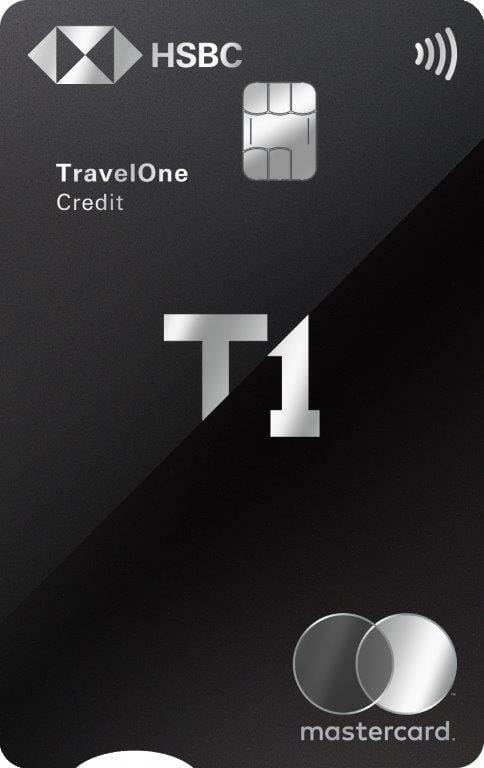 HSBC TravelOne Card HSBC TravelOne Card |
DragonPass | 4 | N/A |
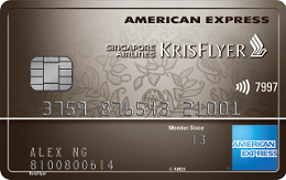 AMEX KrisFlyer Ascend AMEX KrisFlyer Ascend |
Plaza Premium | 4 | N/A |
| Income Requirement ≥S$120K (annual fees generally not waivable) |
|||
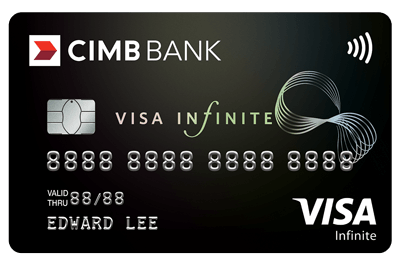 CIMB Visa Infinite CIMB Visa Infinite |
DragonPass | 3 | N/A |
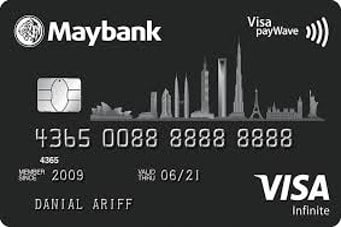 Maybank Visa Infinite Maybank Visa Infinite |
Priority Pass | 4 | N/A |
 BOC Visa Infinite BOC Visa Infinite |
Plaza Premium | 4# | N/A |
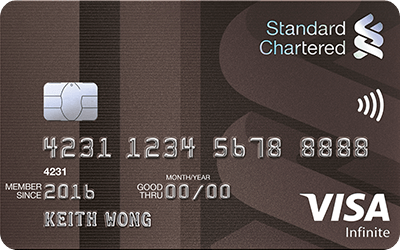 SCB Visa Infinite SCB Visa Infinite |
Priority Pass | 6 | N/A |
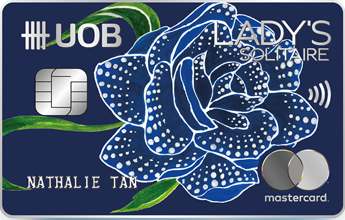 UOB Lady’s Solitaire Metal Card UOB Lady’s Solitaire Metal Card |
LoungeKey | 6* | 6* |
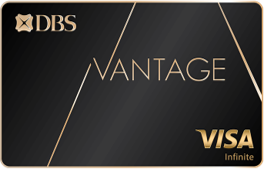 DBS Vantage DBS Vantage |
Priority Pass | 10 | N/A |
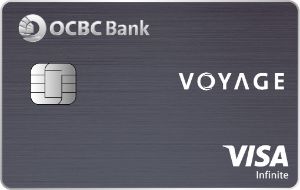 OCBC VOYAGE OCBC VOYAGE |
Plaza Premium | ∞ | ∞ |
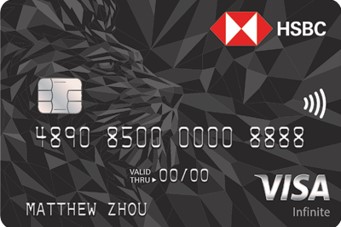 HSBC Visa Infinite HSBC Visa Infinite |
LoungeKey | ∞ | ∞ |
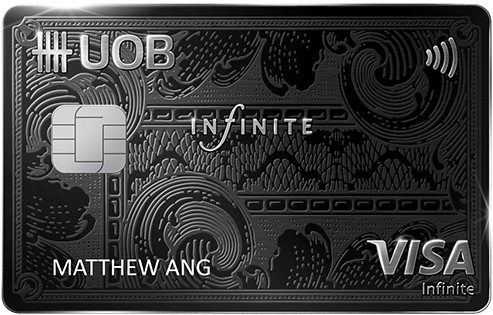 UOB VI Metal Card UOB VI Metal Card |
DragonPass | ∞ + 1 guest | N/A |
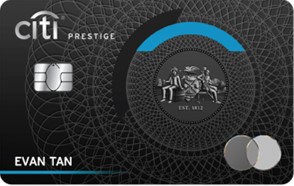 Citi Prestige Citi Prestige |
Priority Pass | ∞ + 1 guest | N/A |
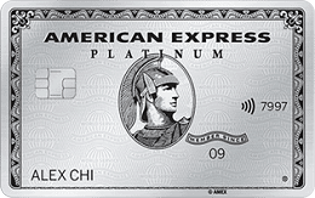 AMEX Platinum Charge AMEX Platinum Charge |
Priority Pass, Plaza Premium, AMEX & Centurion Lounges, and others | ∞ + 1-2 guests | ∞ + 1-2 guests |
| Priority Banking Customers | |||
 OCBC Premier Visa Infinite OCBC Premier Visa Infinite |
Plaza Premium | 2 | 2 |
 SCB Priority Banking VI SCB Priority Banking VI |
Priority Pass | 12^ | N/A |
| *Allowance follows calendar year instead of membership year #BOC Visa Infinite allowance runs from 1 November to 31 October the following year ^With min. AUM S$200K. If AUM falls under S$200K, then two visits |
|||
If you want airport limo benefits
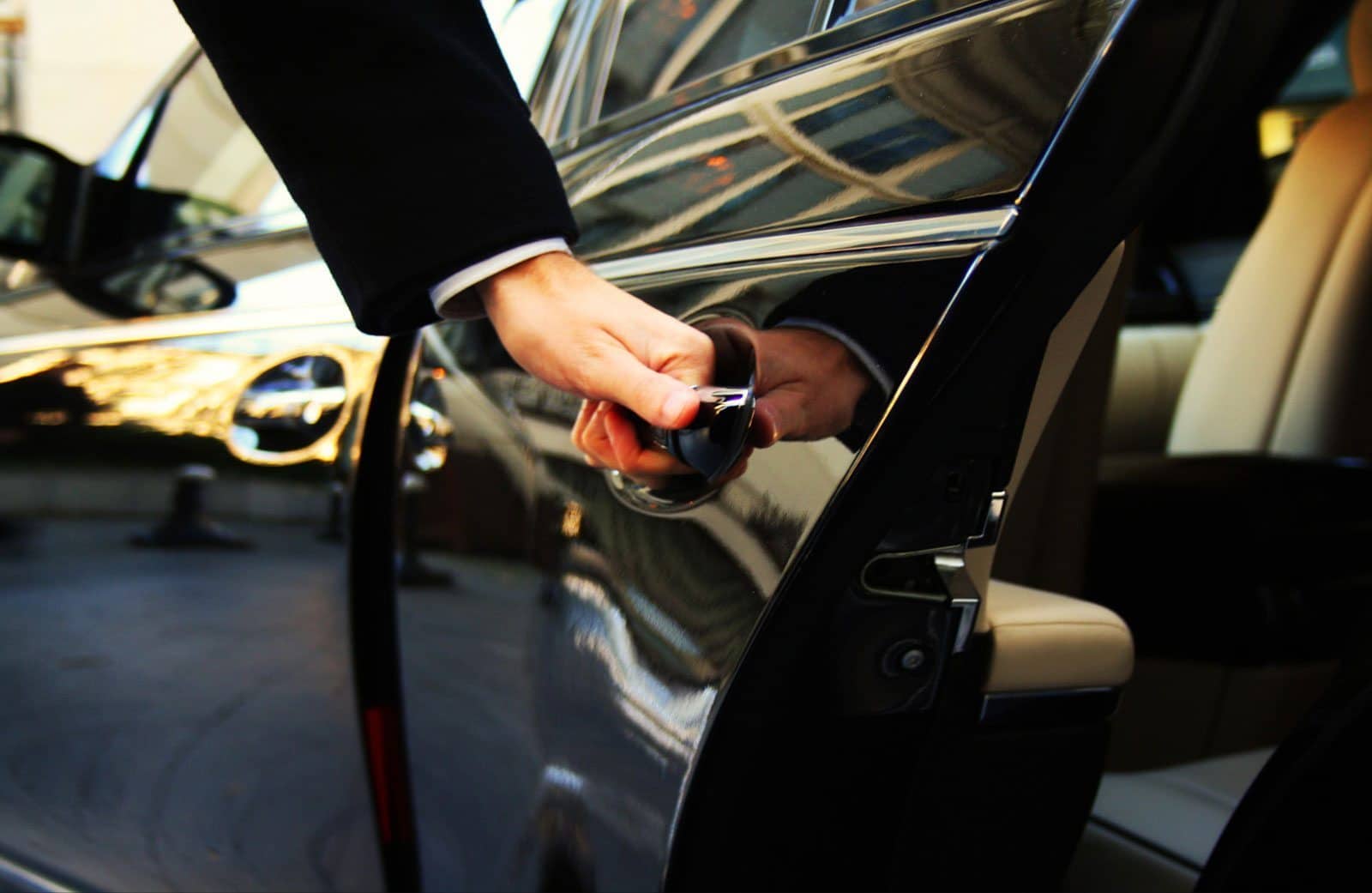
Likewise, if you want to earn complimentary airport limo rides, there’s only one specialised spending card that offers it: the invite-only UOB Lady’s Solitaire Metal Card.
All other limo benefits are only available with general spending cards.
Credit Cards with Airport Limo Benefits
| Card | Qualifying Spend | Cap |
| Income Req. ≥S$30K | ||
 UOB PRVI Miles AMEX UOB PRVI Miles AMEX(T&C) |
S$1K (FCY) per quarter for 2 rides | 2 per quarter |
| Income Req. ≥S$120K | ||
 UOB Lady’s Solitaire Metal Card UOB Lady’s Solitaire Metal Card(T&C) |
None | 1 per year (can be used worldwide) |
 HSBC Visa Infinite HSBC Visa Infinite(T&C) |
S$2K per month for 1 ride (First 2 (Regular) or 4 (Premier) per year are free) |
24 per year (includes free rides) |
 Citi Prestige Citi Prestige(T&C) |
S$12K per quarter for 2 rides | 2 per quarter |
 OCBC VOYAGE OCBC VOYAGE(T&C) |
S$12K per quarter for 2 rides |
2 per quarter |
 Maybank Visa Infinite Maybank Visa Infinite(T&C) |
S$3K per month for 1 ride |
8 per year |
Conclusion
I know plenty of people who insist on using a general spending card for everything, then complain that the miles game moves too slowly.
That’s a user error, really, but it doesn’t mean that general spending cards have no role to play. Their welcome bonuses are valuable, they may come with airport lounge and limo benefits, they’re the only option for certain transactions like CardUp, and if you’re dealing with a huge amount that can’t be split over multiple cards, then they may still be the best option.
Are there any other cases where a general spending card comes in useful?


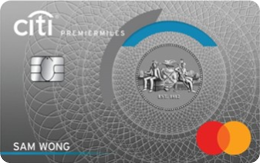
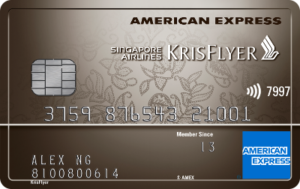
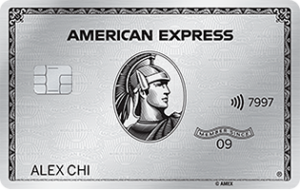



you missed out the citi prestige for general spend sign up offer of 71k miles 2k spend + ability to pair with amaze
i’m only listing sign-up offers that don’t require the payment of annual fees.
ah ok … general spending card is definately required/needed when you max out on your bonus spending card… and ideally able to pair it with amaze for overseas spend for flexibility as well.
Pardon me asking John – when you spend on citi prestige paired w/ amaze, do you benefit from FX and earn 2mpd on foreign currency transactions?
Also when your bills are upwards of 6 digits, then the incentive to track the 1k-3k limits on specialized cards becomes far less.
What your article fails to address is the relative difference in value between miles of different programs. The Citi Premier miles might only earn a lowly 1.2mpd but being able to convert those miles into a one way J award to Europe on TK for 45k instead of 103.5k on SQ suddenly makes those miles 2.3 X more valuable… And avoids the risk of multiple orphan miles stashed across various cards and the need to actively track spending limits and merchant codes… Though admittedly it comes with higher YQ costs too..